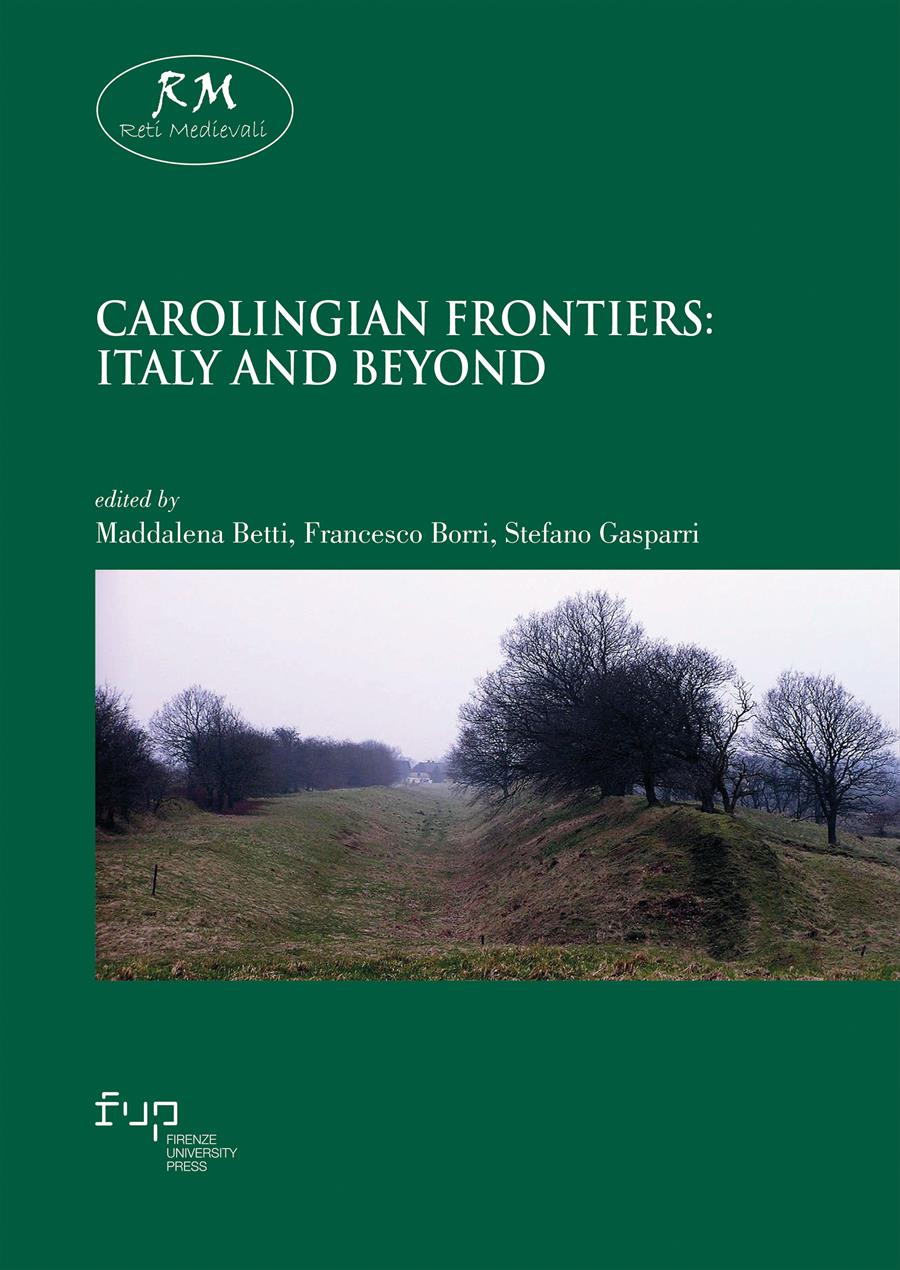- Carolingian Frontiers: Italy and Beyond
- Edited by Maddalena Betti, Francesco Borri, Stefano Gasparri
Divided by the Danube? Political boundaries and cultural continuities
- David Kalhous
- © 2024 Author(s) |
- CC BY 4.0
- DOI: 10.36253/979-12-215-0416-3.21
Based on the material culture, combined with Frankish and Bavarian written evidence relating to the royal court and Bavarian bishoprics, the ninth-century Bavarian Eastern March and its surroundings is being used as an example for analyzing the imperial imagining of frontier areas, their integration into the Carolingian realm, and the local reaction on those processes.
- Keywords:
- Middle Ages,
- 9th century,
- Bavarian Eastern March,
- Salzburg,
- Danube,
- Carolingians,
- Moravians,
- Annals of Fulda,
- political boundaries,
Masaryk University, Czech Republic - ORCID: 0000-0002-6903-9371
Chapter Information
Chapter Title
Divided by the Danube? Political boundaries and cultural continuities
Authors
David Kalhous
Language
English
DOI
10.36253/979-12-215-0416-3.21
Peer Reviewed
Publication Year
2024
Copyright Information
© 2024 Author(s)
Content License
Metadata License
Bibliographic Information
Book Title
Carolingian Frontiers: Italy and Beyond
Editors
Maddalena Betti, Francesco Borri, Stefano Gasparri
Peer Reviewed
Number of Pages
354
Publication Year
2024
Copyright Information
© 2024 Author(s)
Content License
Metadata License
Publisher Name
Firenze University Press
DOI
10.36253/979-12-215-0416-3
ISBN Print
979-12-215-0415-6
eISBN (pdf)
979-12-215-0416-3
eISBN (xml)
979-12-215-0418-7
Series Title
Reti Medievali E-Book
Series ISSN
2704-6362
Series E-ISSN
2704-6079
